Audiovox 12-String Guitar (1/2)




This twelver is a mashup of a number of different models. The body is Danelectro-style masonite over chambered plywood, with Tolex binding. The headstock is interleaved Rickenbacker, the bridge is more like a Gibson, while the overall style is my typical Audiovox.
The electronics are typical Danelectro, with a series/parallel internal-mode switch for the 4-wire pickups to get that sixties jangle. It works. The neck is walnut over maple, with a fixed steel truss rod. The body is oil-based polyurethane over pearl paint. The pickguard is masonite.

This was my second 12-string; I learned from the first one to use individual tuners rather than strip tuners, which require very precise drilling.
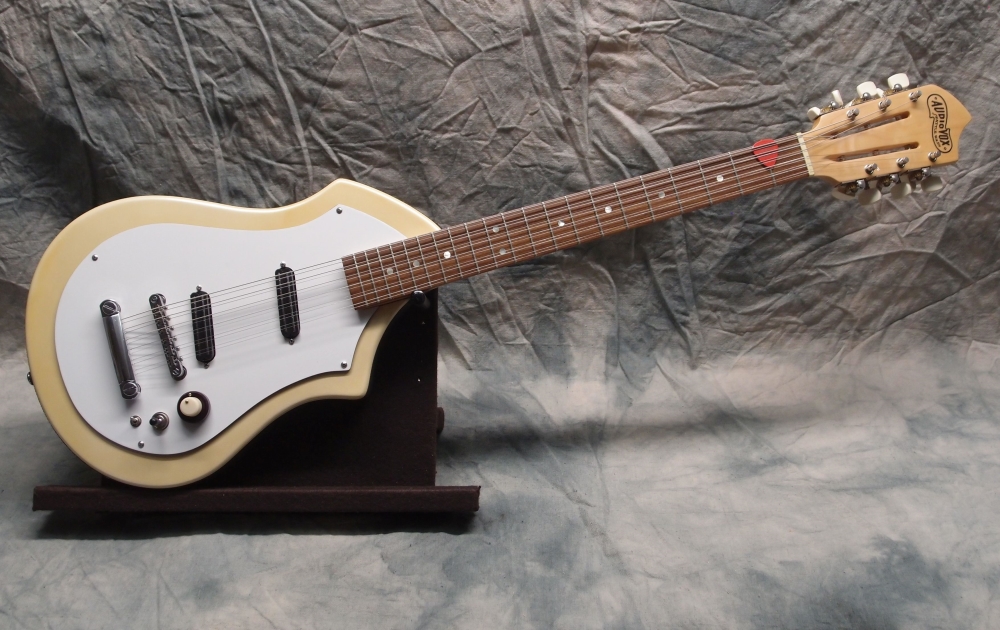


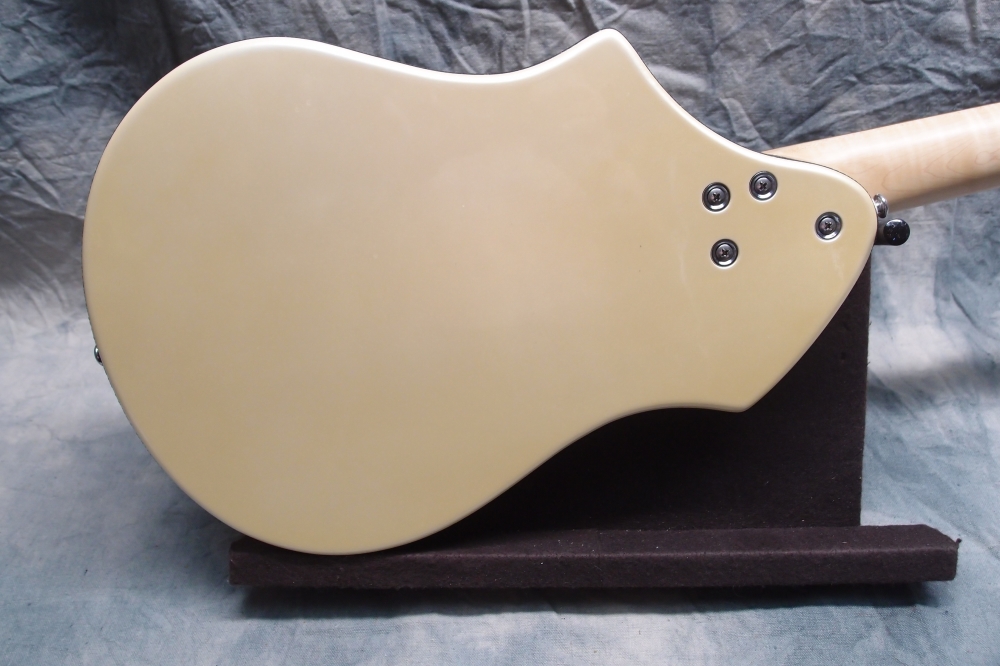




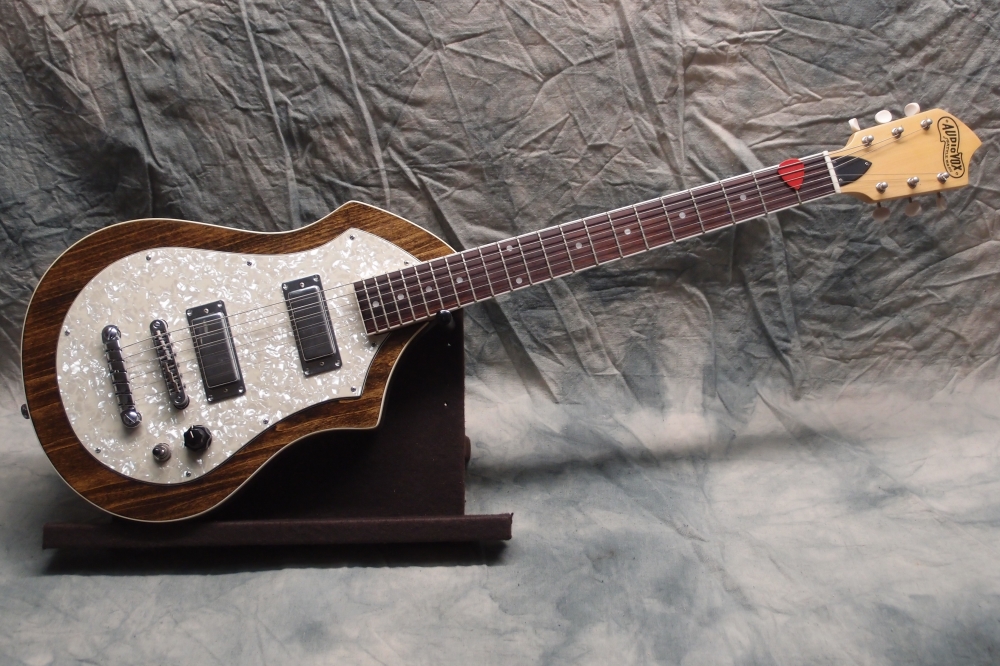




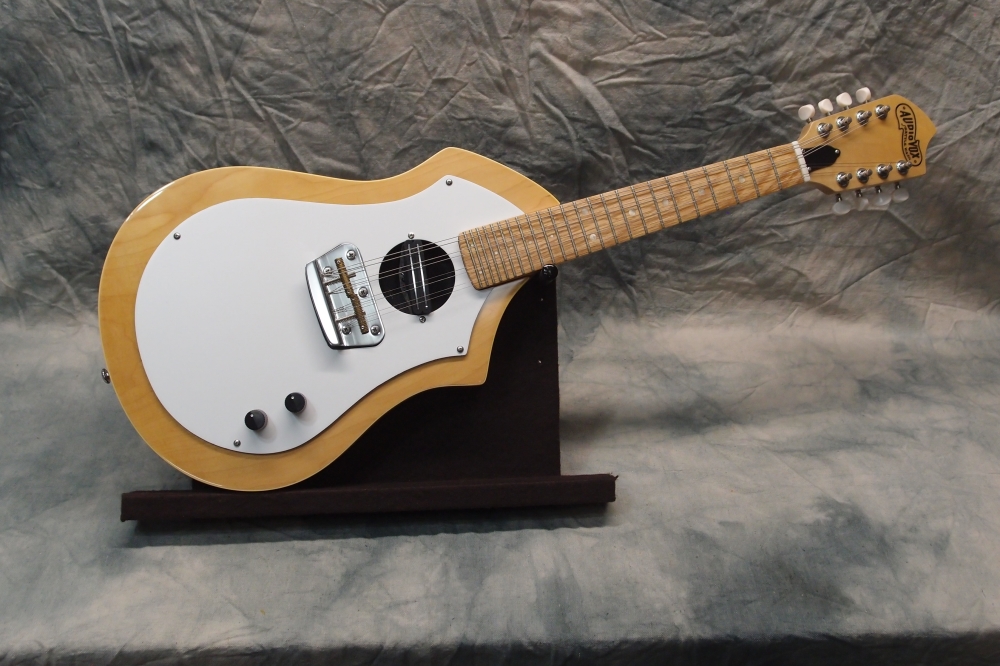

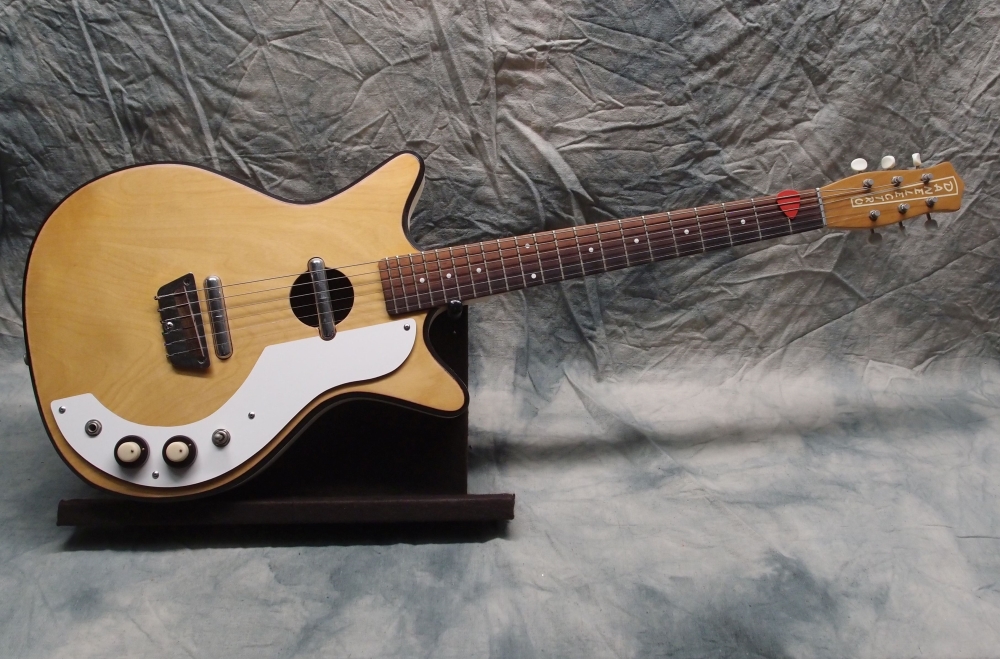





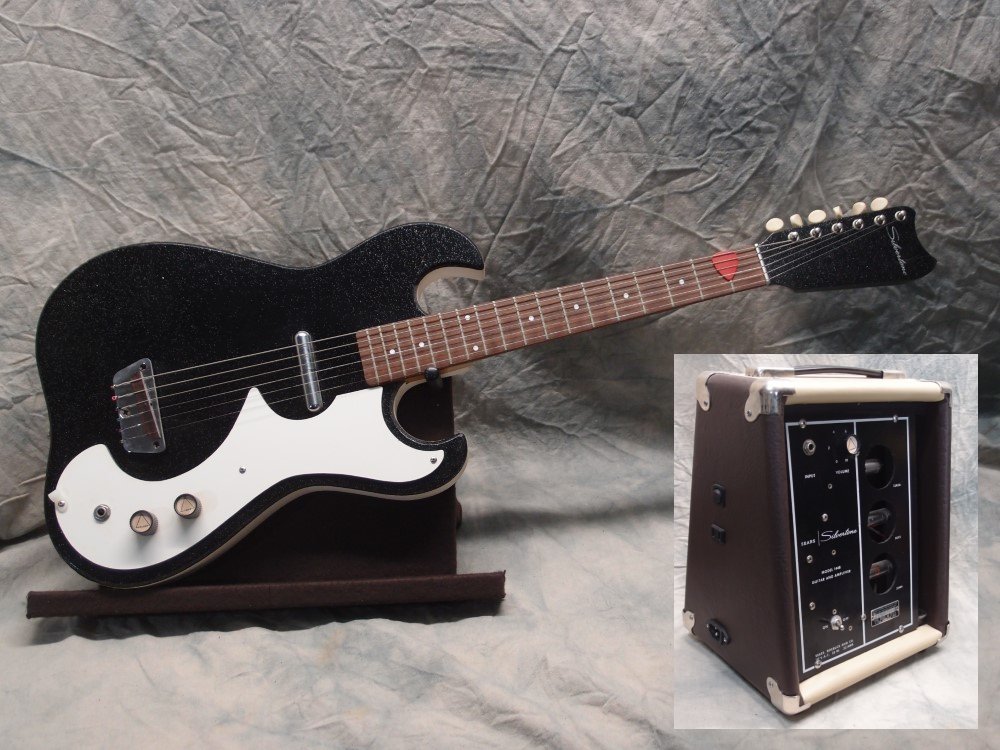

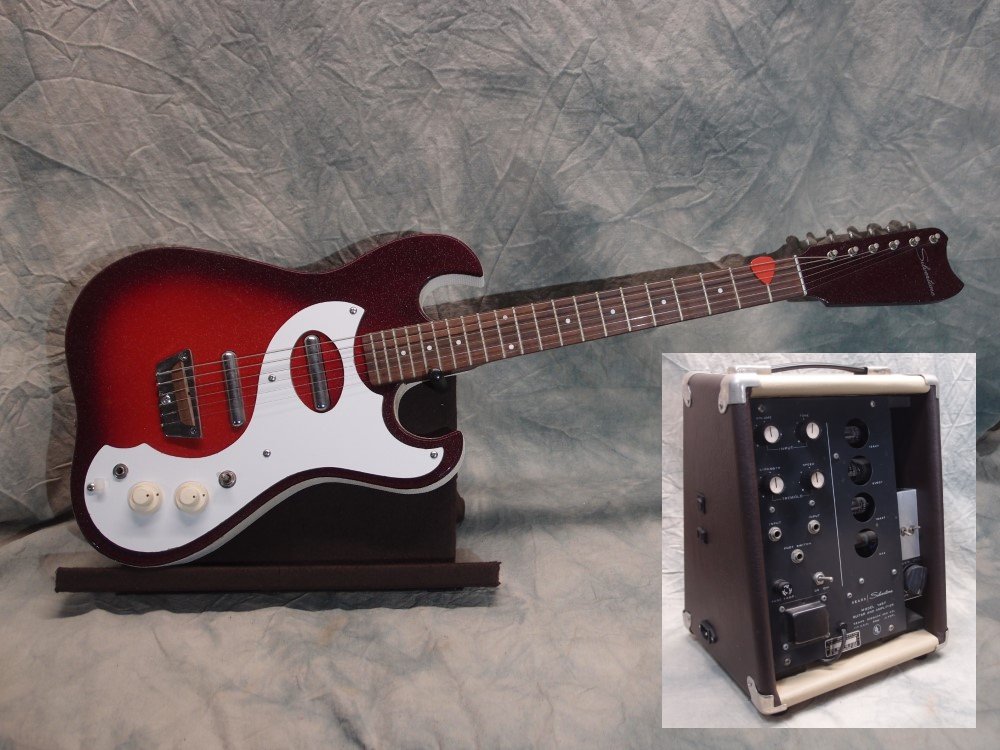

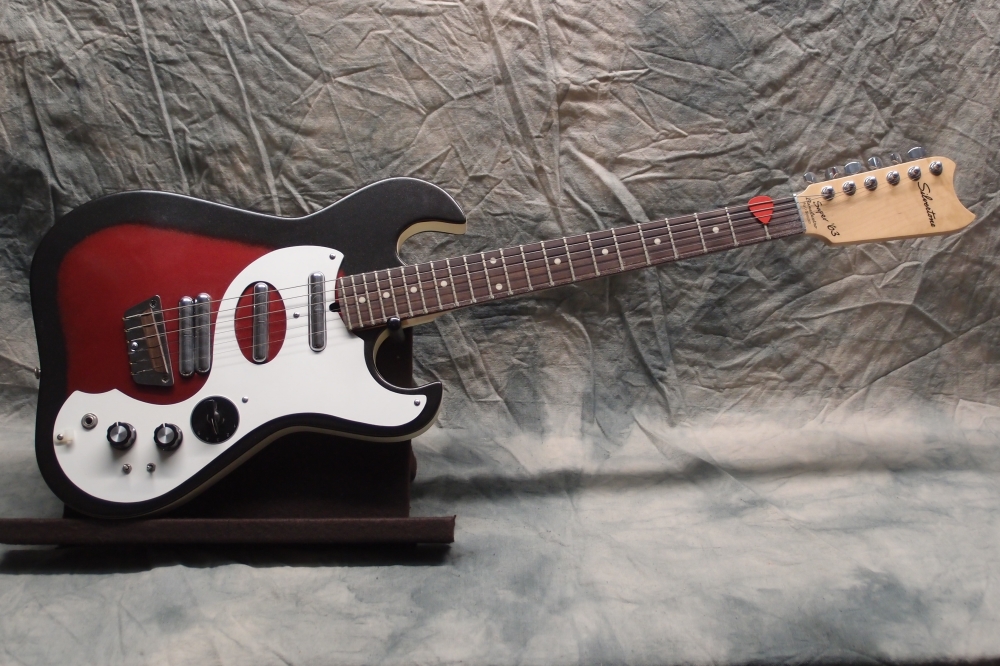
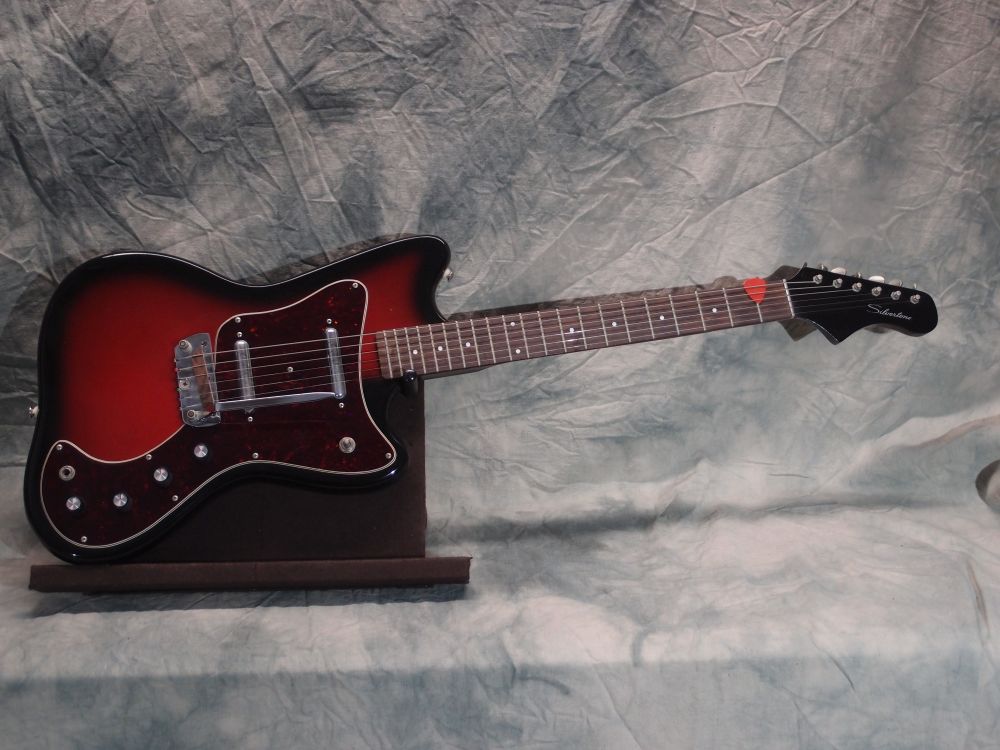





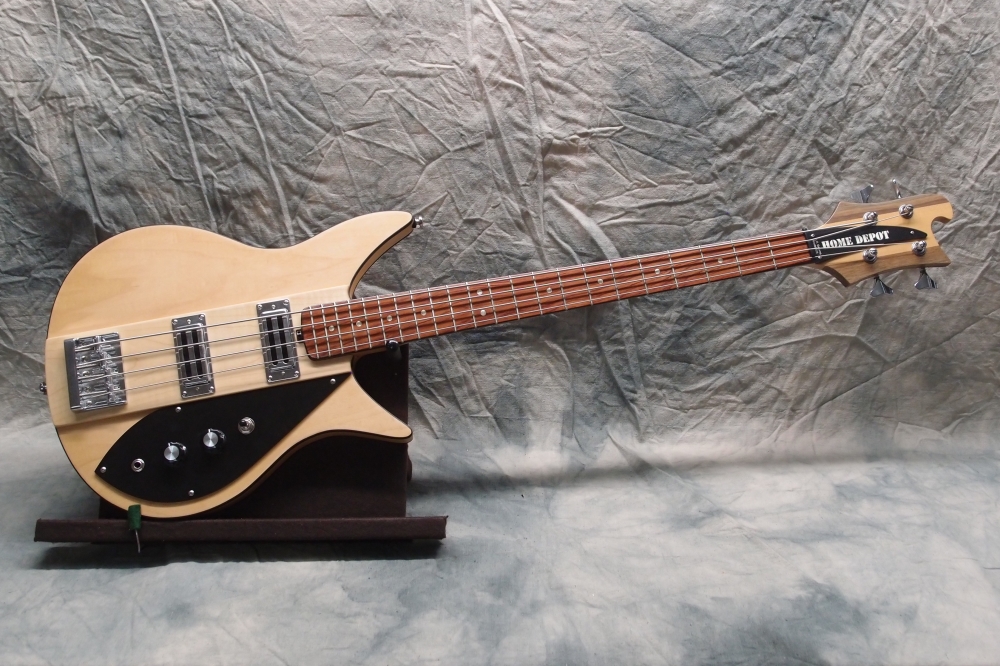




Questions or Inquiries?
Just want to say Hello? Sign the .